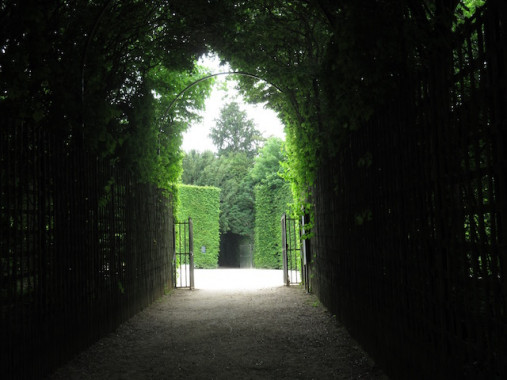
Rapuano and teammates studied the implications of being in different sorts of urban areas. They share that their study participants were shown photographs of three sorts of places “Green parks are characterized by large open green spaces . . . Squares . . . provide temporary spaces for resting or socializing; Colorful urban parks are open spaces, generally smaller than Green parks, that address the needs of different categories of users (such as children, youth and elderly people) for outdoor recreational and social activities. . . . Green parks evoked more calmness and happiness than other parks. . . . The energizing effect of Colorful urban parks was also confirmed. . . . Squares evoked more negative emotions than Green and Colorful parks . . . If it is not possible to have a full natural area or green park in cities, it may be useful to design urban spaces with colorful architectural elements combined with natural elements. These aspects can induce in users a feeling of well-being, physical and emotional recharge.”
Mariachiara Rapuano, Francesco Ruotolo, Gennaro Ruggiero, Massimiliano Masullo, Luigi Maffei, Adriana Galderisi, Alice Palmieri, and Tina Iachini. “Spaces for Relaxing, Spaces for Recharging: How Parks Affect People’s Emotions.” Journal of Environmental Psychology, in press, https://doi.org/10.1016/j.jenvp.2022.101809